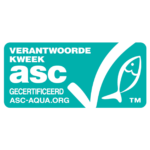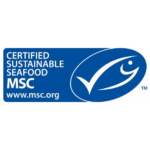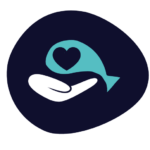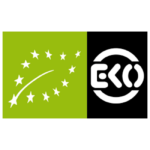Blackspot seabream
Atlantic Ocean, northeast (FAO 27)
Handlines and pole-lines
- Jan
- Feb
- Mar
- Apr
- May
- Jun
- Jul
- Aug
- Sep
- Oct
- Nov
- Dec
Blackspot seabream in the coastal waters of the Azores is being caught in a small scale fishery. Data on the stockStock:
The fish of a particular species reproducing in the same area in the same period. of blackspot seabream are not available. This species is very vulnerableto [fishing pressure].
The main fishing method is handlinesHandlines and pole-lines:
A collective name for pole lines, jigs and troll lines. Hand lines and pole lines are used on a small scale most of the time and are relatively selective. unwanted by-catch have a high survival rate because they can be thrown back immediately. in deep water. This method has little bycatch of endangered or protected species. There is also little discarding of unwanted fish. Fishing with handlines has no negative effects on the ecosystem.
The management of the stock is largely effective, despite the lack of a good [stock estimate]. The fishery management in the Azores serves as an example for Europe. A whole set of measures provides for a sustainable fishery management. For example, fishing methods that damage the ecosystem are prohibited, there is large scale monitoring by independent observers, there are [MPAs] determined, there are minimum landing sizes and closed periods for the professional fishery.




